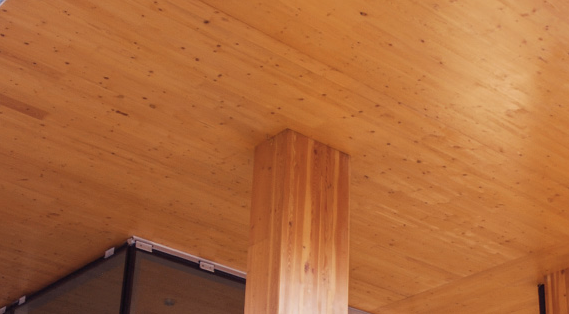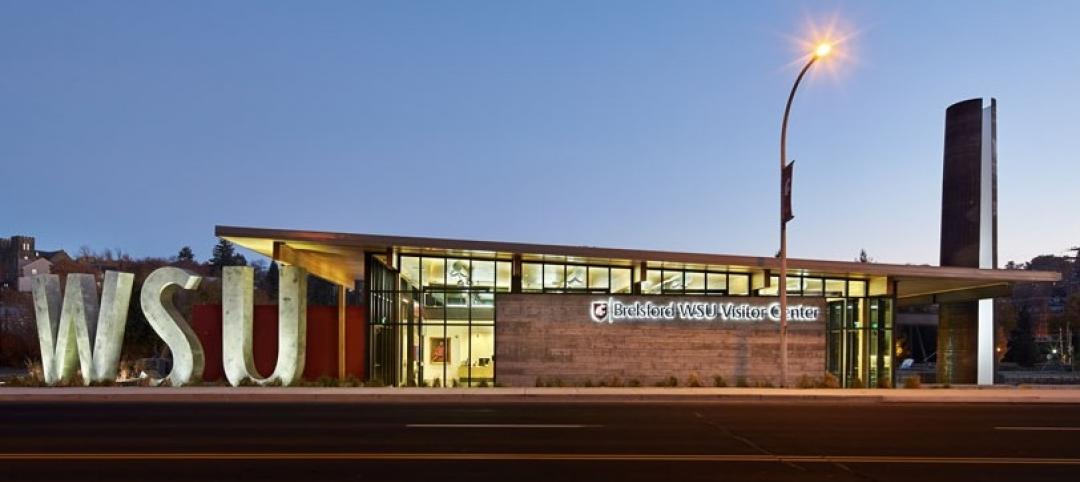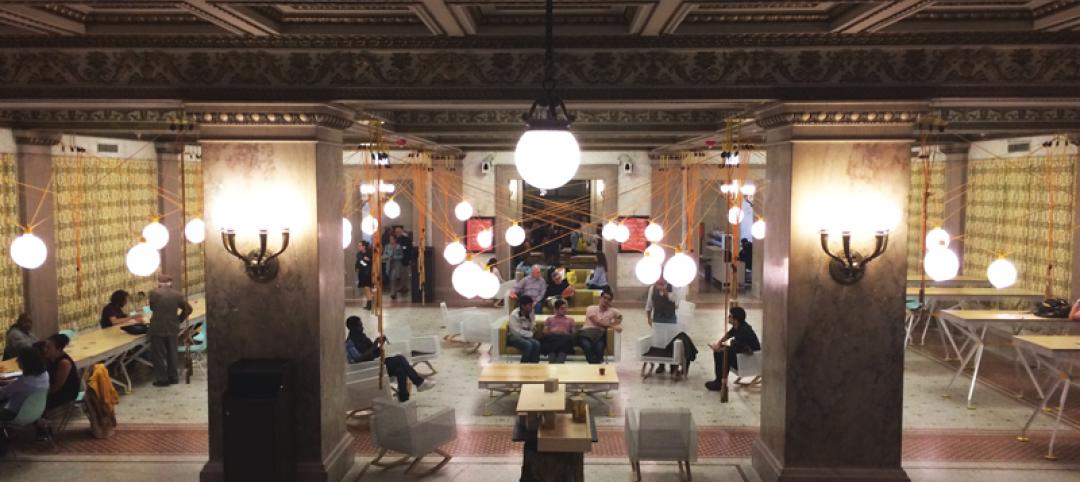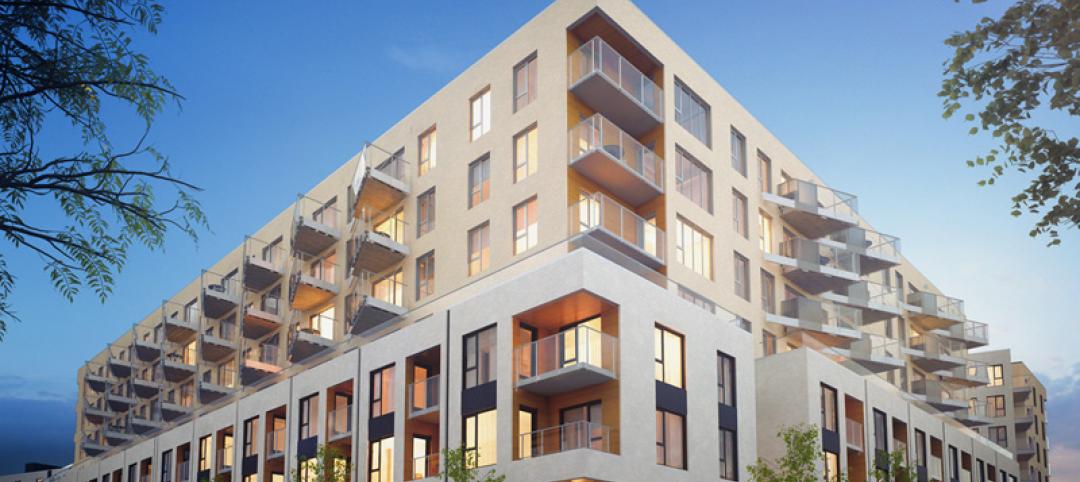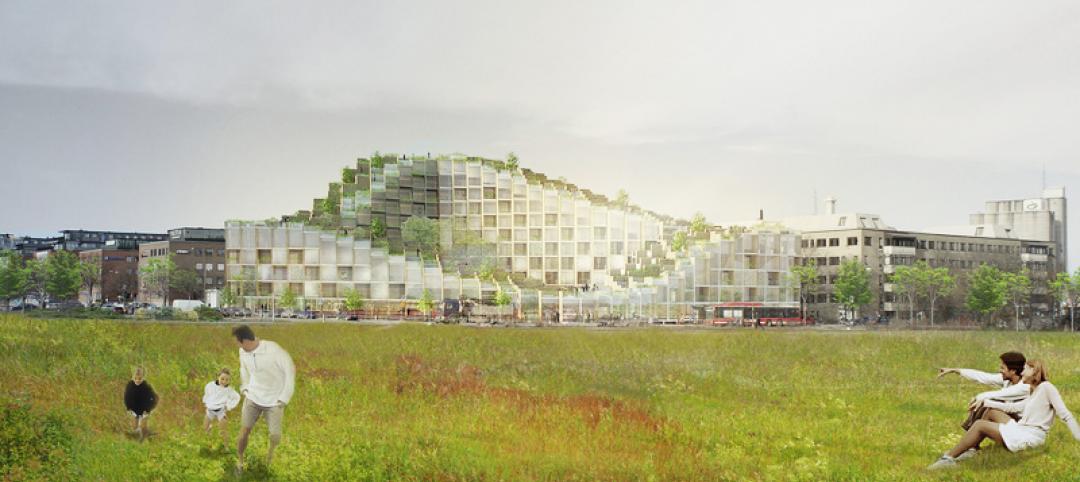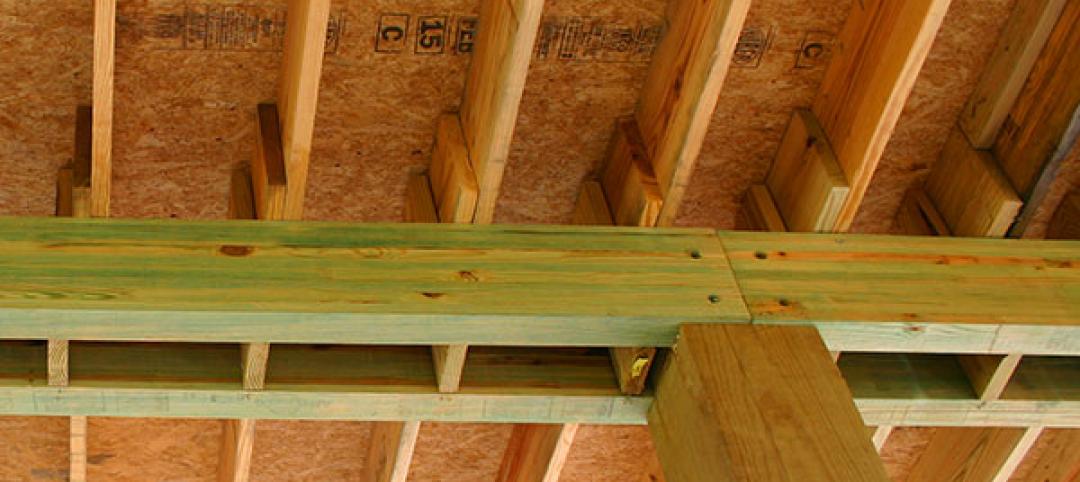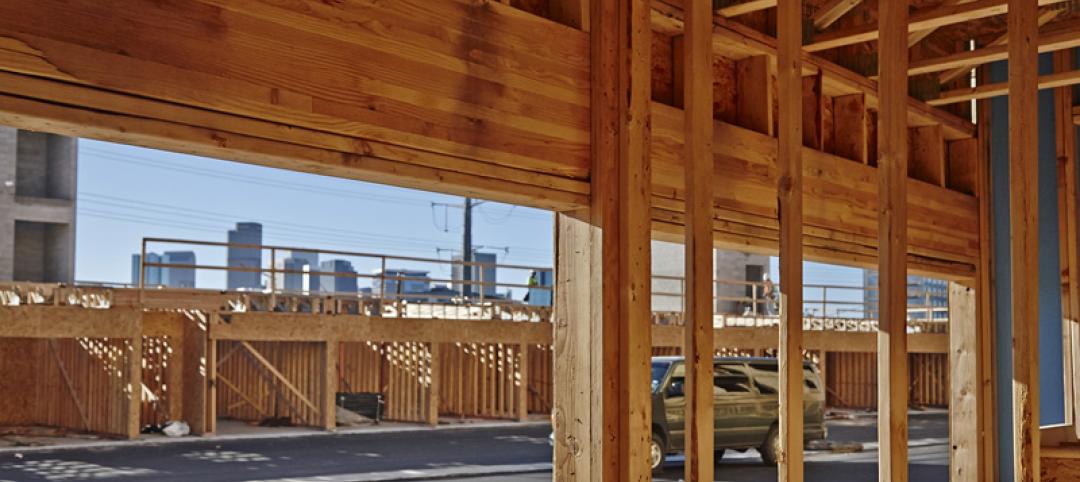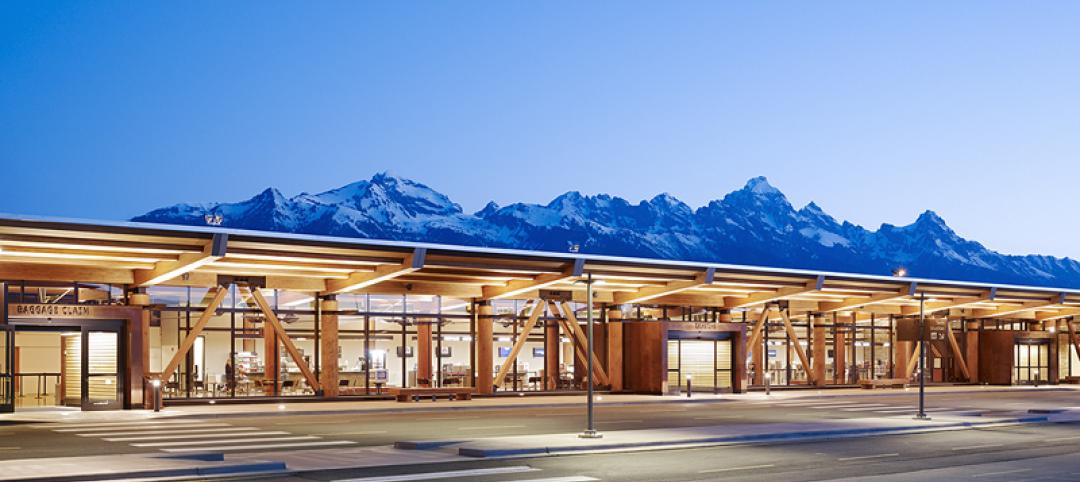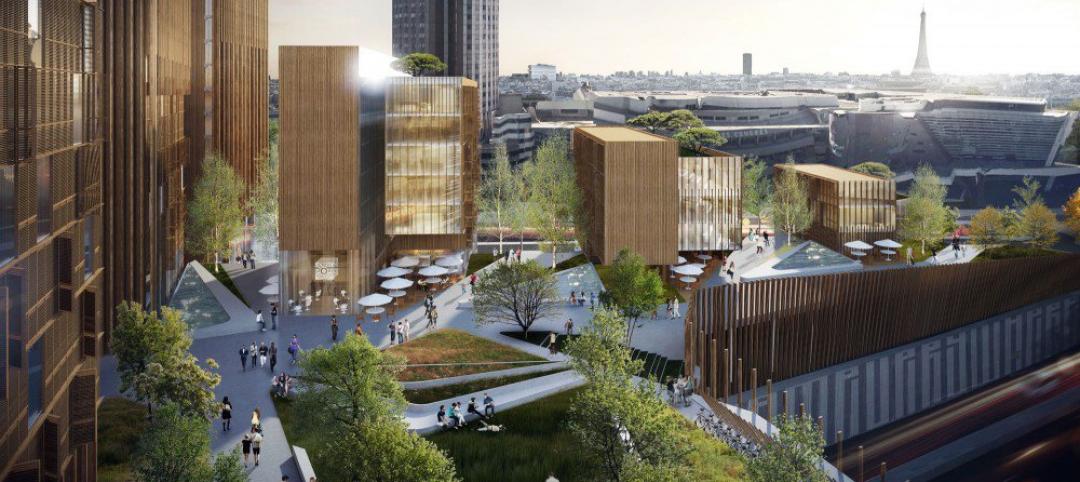Judging by the outcome of the International Code Council (ICC) Group A Committee Action Hearing, April 15-23, in Columbus, Ohio, it’s likely that we will be seeing more and taller mass timber buildings across the country very soon. At that hearing, 14 code proposals related to new and taller types of mass timber construction were recommended for approval by the broader ICC membership this fall.
The ICC’s move is historic. Though mass timber construction isn’t new to the building code community, having already been included in the International Building Code (IBC) as Type IV-Heavy Timber, the trend toward considerably taller wood buildings was so clear that the ICC moved in 2015 to keep the IBC relevant in the marketplace by updating the code.
Successful mass timber buildings of up to 18 stories have already been approved by local officials in the United Kingdom, Norway, and Canada. In the United States, at least 35 tall mass timber buildings, ranging from 7 to 24 stories, are pending approval in 21 different jurisdictions.
At the heart of the Committee’s proposals are three new kinds of Type IV mass timber construction, offering design options well beyond the current limits for heavy timber under the code.
With the market clearly responding to mass timber, the obvious question was: Will the model code be prepared? By appointing the “Ad Hoc Committee on Tall Wood Buildings” from the code official, fire service, regulatory, engineering, architectural and building materials communities, the ICC launched a two-year process to assess the science of mass timber, to field additional research, and to propose any code changes necessary to ensure the strength and safety of tall mass timber buildings.
At the heart of the Committee’s proposals are three new kinds of Type IV mass timber construction, offering design options well beyond the current limits for heavy timber under the code.
When passed by the ICC membership, the updated IBC will define Type IV-A, Type IV-B and Type IV-C “Mass Timber” construction with heights ranging to a maximum of 18 stories. Importantly, each new type of construction has hourly fire resistance ratings more robust than concrete/steel buildings of comparable heights and area.
Type IV-A, from 1 to 18 stories, requires non-combustible protection on all mass timber elements. Type IV-B, from 1 to 12 stories, permits limited exposure of mass timber elements when spaced adequately. Type IV-C. from 1 to 9 stories, permits exposed mass timber elements like what’s permitted under Type IV Heavy Timber in the current code. Type IV-C also keeps the current code’s Heavy Timber height limit.
All new Type IV requirements prohibit combustible material on exterior walls and require non-combustible protection for all concealed spaces, shafts and exit enclosures. Dual water supplies are also required for fire sprinklers on mass timber buildings over 120 feet, usually 8-12 stories.
It’s not surprising that the Committee proposals focused on providing reassurance that tall mass timber buildings meet or exceed the standards in the fire code. The inherent fire resistance of mass timber, where charring in a fire event creates a barrier that protects the inner wood structure, has long been understood. Indeed, testing by Underwriters Laboratory, Southwest Research Institute and the National Research Council of Canada has clearly demonstrated how charring of mass timber elements offers a reliable and predictable measure of fire performance.
But building taller required another look. Testing of full-scale mass timber structures in 2017 at the U.S. Government’s ATF Fire Research Laboratory helped establish the code requirements. Conducted without intervention by fire sprinklers, Type IV-A (fully protected) self-extinguished after 3 hours with no significant charring. Type IV-B (partially protected) concluded at 4 hours when it self-extinguished. Type IV-C (fully exposed) also self-extinguished at 4 hours.
The ICC code changes supported by this testing will usher in a new era in the construction of buildings in the low to mid-rise market. New options abound. Already, significant investment in the production of cross laminated timber (CLT) panels, the most popular mass timber application, has made tall mass timber buildings of up to 18 stories a cost-effective option for builders. Operating under the same ANSI quality standards, the supply chain is continuing to expand. With this growth, the market is already seeing lower costs and new products.
While widespread use of mass timber is good news for the economies in timber producing regions of the country, it also promises some distinctive benefits for builders, communities and the environment.
Builders, pressured by persistent labor shortages, are finding a wider pool or workers able to safely install mass timber panels. They also report significant labor savings and more efficient and safe job sites. Construction times are reduced by “just-in-time” delivery to job sites and quick installation of panels.
Of course, communities experience less noise and dislocation during construction and, by avoiding the usual stockpile of dimension lumber on site, fire risks are reduced. The positive environmental attributes of mass timber buildings, include a low energy intensity during manufacturing, superior energy efficiency in mass timber structures, and better management of a renewable resource.
However, it remains to be seen how the emergence of tall mass timber buildings will impact the built environment. Certainly, the buildings already completed have been well received. Many builders, architects, and engineers are optimistic. They note that favorable strength-to-weight ratios in mass timber opens new options.
How that future unfolds is unclear. But there can be little doubt that the emergence of tall mass timber buildings represents a paradigm shift for the construction community.
Related Stories
Sponsored | | Nov 20, 2015
Schooling the visitor
Exposed glulam and other engineered wood products help WSU tell its technology story
Architects | Oct 20, 2015
Four building material innovations from the Chicago Architecture Biennial
From lightweight wooden pallets to the largest lengths of CLT-slabs that can be shipped across North America
Multifamily Housing | Oct 15, 2015
Montreal apartment is world’s largest residential cross-laminated timber project
Its 434 condo, townhouse, and rental units in three eight-story buildings are made from sustainably harvested wood turned into panels by Canadian company Nordic Wood Structures together with the Cree Nation in Chibougamau.
Multifamily Housing | Oct 7, 2015
BIG designs lush, terraced mixed-use building in Sweden
Cascading glass and wooden cubes create a form similar to Northern Ireland’s Giant’s Causeway rock formation.
Sponsored | Wood | Sep 17, 2015
Compelling conversations about wood: coastal environments
Architect Greg Mella and APA’s Karyn Beebe have a frank and far-reaching discussion about the tangibles and intangibles of using wood in corrosive environments—and beyond.
Sponsored | Multifamily Housing | Aug 25, 2015
Engineered wood helps meet booming demand for multifamily projects
Multifamily housing starts reached 358,000 in 2014, a 16 percent increase over 2013 and the highest total since 2007
Codes and Standards | Jun 18, 2015
Guides to wood construction in high wind areas updated
The guides establish prescriptive, wind-resistive structural requirements for wood-frame buildings of different sizes and shapes.
Sponsored | Airports | Jun 5, 2015
Exposed glulam framework offers quiet complement to Jackson Hole airport’s mountain backdrop
A three-phase expansion and renovation, which began in 2009, nearly doubled the size of the aviation hub; the only one located in a national park
Wood | Jun 2, 2015
Michael Green Architecture designs world's tallest wood building for Paris competition
“Just as Gustave Eiffel shattered our conception of what was possible a century and a half ago, this project can push the envelope of wood innovation with France in the forefront," said architect Michael Green of the project.
Wood | May 21, 2015
How CLT wood construction affects project cost
SRG Partnership's Emily Dawson shares insights on the installation, availablilty, and cost of cross-laminated timber (CLT) construction, based on the firm's recent project at the Oregon Zoo.


